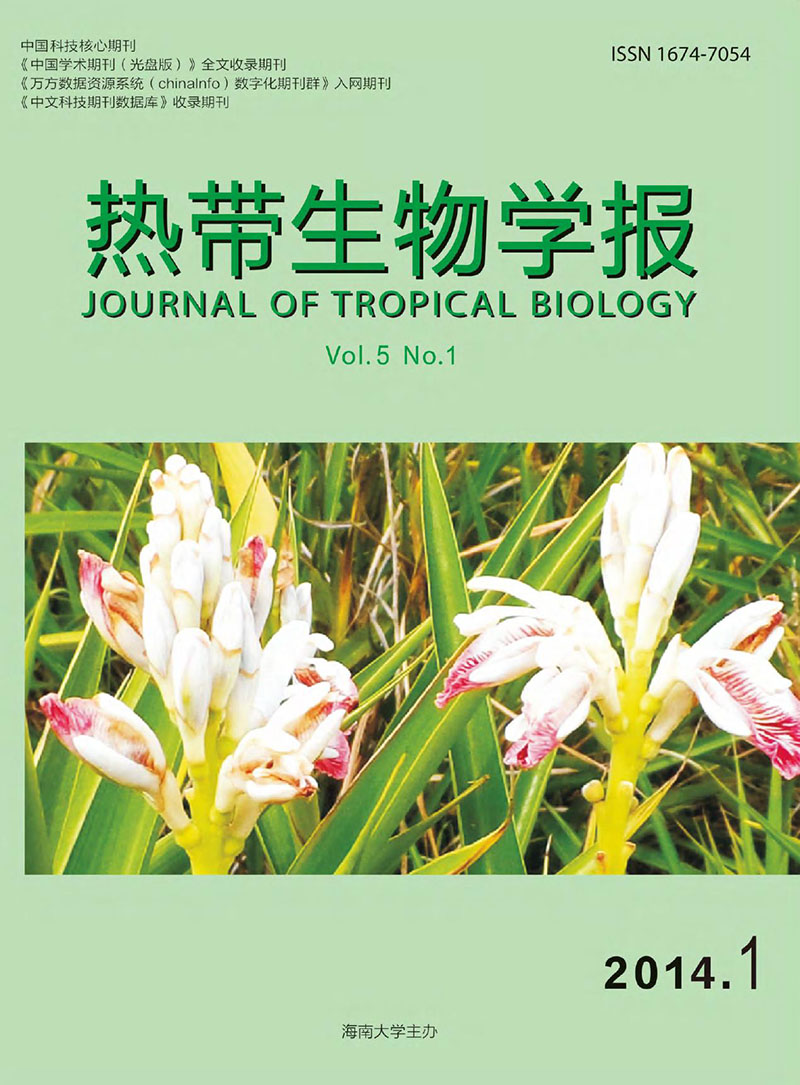Comparative Analysis of Salt Tolerance of Four Cultivars of Stylosanthes
doi: 10.15886/j.cnki.rdswxb.2014.01.009
- Received Date: 2013-10-20
-
Key words:
- Stylosanthes /
- salt tolerance /
- comprehensive assessment
Abstract: Stylosanthes guianensis is a perennial herb plant,and belongs to the genus Stylosanthes,the family Leguminous,and it is an excellent tropical pasture. Four Stylosanthes cultivars,tetraploids of Reyan No. 5,Reyan No. 2,Reyan No. 5,and Seca,were treated with salt in potting to observe their physiological and biochemical responses based on which a comprehensive assessment was made for their salt tolerance under salt stress. The results showed that the physiological and biochemical indexes of these cultivars were influenced by the salt concentration of 0. 90%,and that the growth indexes were influenced by the salt concentration of 1. 20%. Most seedlings were seriously influenced and died when treated with salt at the concentration of 1. 8%. Comprehensive analysis indicated that Seca showed the strongest salt tolerance,followed by the tetraploids of Reyan No. 5,and that Reyan No. 2 was the weakest in salt tolerance. All plants of the Stylosanthes cultivars grew well when treated with salt at the concentration of lower than 0. 90%,but hardly survived when treated with salt at the concentration of 1. 80%. Meanwhile,there were no obvious differences between tetraploid and diploid of Reyan No. 5.
| Citation: | WU Fanhua, YU Xudong, LIU Fenling, BAI Chuangjun, LIU Guodao. Comparative Analysis of Salt Tolerance of Four Cultivars of Stylosanthes[J]. Journal of Tropical Biology, 2014, 5(1): 36-42,47. doi: 10.15886/j.cnki.rdswxb.2014.01.009 |






 DownLoad:
DownLoad: